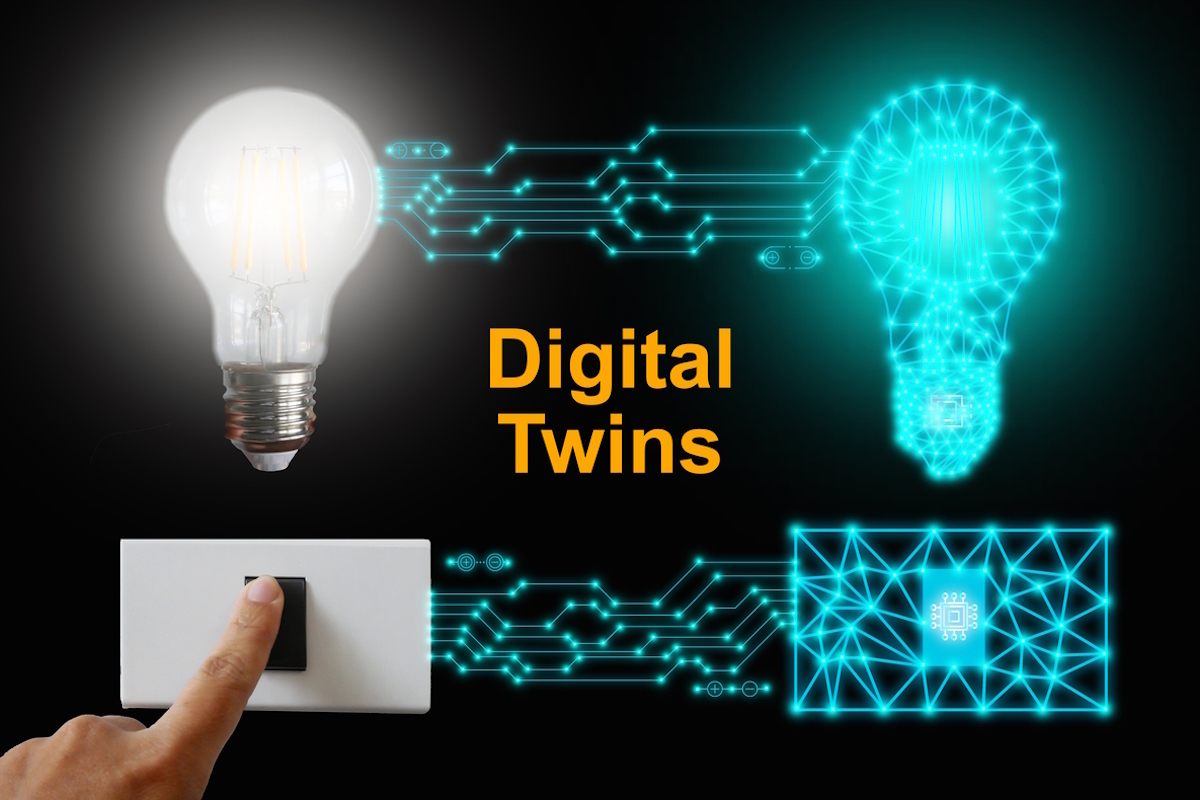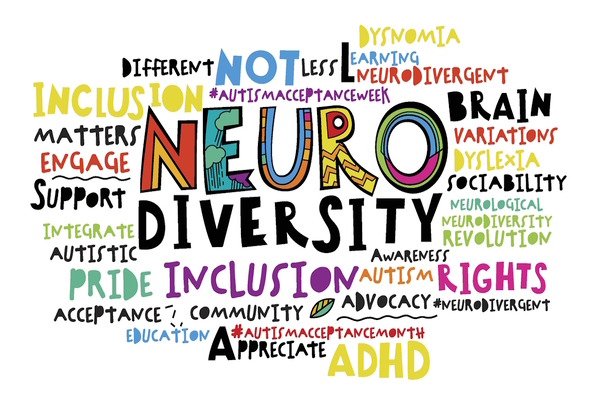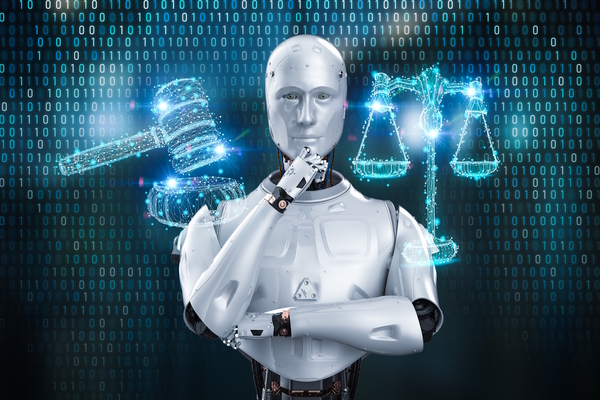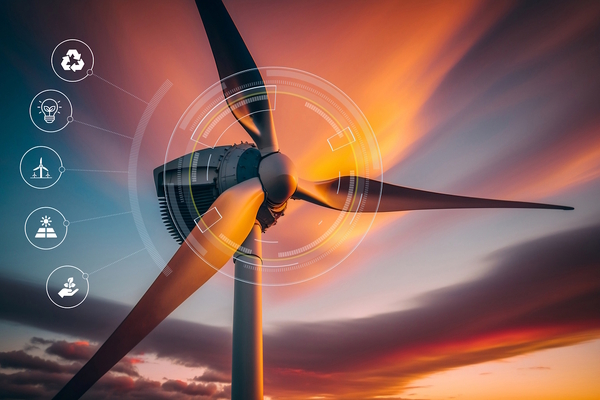Making AI sustainable with digital twins

Mark Seymour at Cadence argues that digital twins can be a sustainable answer to meeting the large power demands that AI makes
Data centres are grappling with two major challenges. The industry is under pressure from a sharp rise in demand driven by artificial intelligence (AI) and is facing stricter environmental regulations.
This has led to significant concerns, highlighted by National Grid CEO John Pettigrew, who recently called for transformative changes in response to predictions that data centre power usage could sextuple by 2035.
While the industry looks to harness more renewable power to ease grid and environmental pressure, these solutions are complex and require meticulous planning. Data centres need a testbed before implementing drastic changes, such as running on solar and wind power.
One tactic is using digital twins — virtual replicas of physical data centres. These replicas allow for the testing of designs based on new energy solutions in a virtual environment to ensure their effectiveness before they are applied in actual facilities.
Additionally, this approach is crucial for ensuring the most sustainable and effective use of traditional energy sources.
Before we further explore the potential of digital twins, let’s discuss why they’re necessary in the new AI-dominated world.
Capacity challenges
Data centres are under strain from a capacity crunch fuelled by the explosive growth of AI. CBRE reports a staggering 19.2% year-over-year surge in primary market data centre supply from 2022 to 2023, primarily driven by AI adoption.
This demand reflects a dash to embrace AI, with IBM’s Global Adoption Index revealing that nearly half (42%) of enterprise-scale companies are already actively using the technology.
However, while AI unlocks immense potential, it poses a daunting challenge for data centres. Traditional setups could buckle under the huge storage and processing power AI algorithms demand. Data centres already require significant energy to maintain ideal conditions for computers, a demand projected to skyrocket from 49 GW to 96 GW by 2026, with AI responsible for a staggering 40 GW of that increase.
As AI continues its exponential growth, these figures will only rise, justifying the growing anxiety expressed by leaders of the National Grid.
Simultaneously, data centres are already facing their own power struggle. Power usage effectiveness (PUE), a ratio that describes how efficiently a data centre uses energy, shows a potential fivefold increase in wasted overhead energy for many data centres globally. This issue must be addressed if facilities are to meet the power demands of AI without causing blackouts.
As such, data centres face a considerable challenge in maintaining power. People across the globe have seen how capacity demands can impact the grid. Just look at California, where blackouts occurred between 2017 and 2019. These highlighted the challenges of maintaining a reliable power grid and energy supply.
However, the challenges don’t stop there. Power demands come at both a financial and environmental cost.
A sustainability drawback
Data centres consume large amounts of energy to power everything from servers and storage to networking equipment. However, their environmental impact extends beyond electricity. The average data centre consumes about 3-5 million gallons of water per day, the same amount as a city of 30,000 to 50,000 people.
This, coupled with high-energy demands, is leading to a growing backlash. Governments, residents, and local councils are increasingly pushing back against new data centre proposals, with plans being publicly rejected.
Moreover, companies that depend on data centres can no longer push their emissions down the supply chain. Looming regulations, such as the European Union’s Energy Efficiency Directive (EED) and Corporate Sustainability Reporting Directive (CSRD), are forcing a change as large enterprises must disclose their carbon usage — from both a direct and indirect standpoint. This means that the industry is now under a sustainability spotlight.
Within this context, AI presents a sustainability dilemma for data centres. Traditional energy sources can’t keep pace with AI’s demands without hindering sustainability targets, especially if PUE scores are poor. This is leaving data centre leaders searching for solutions.
One solution is to turn to renewable energy. Countries like Singapore, Amsterdam, and Ireland are already actively exploring renewable options to power their data centres. By harnessing wind, solar, and other green sources, data centres will reduce their carbon footprint and mitigate the risk of blackouts. This could significantly ease societal and council pushback against new data centre projects, potentially paving the way for smoother project approvals.
However, the data centre industry’s main priority should be ensuring that the power—whether traditional or alternative—is used most effectively.
Endless benefits of digital twins
Digital twins offer a whole host of benefits for data centre leaders looking to introduce efficiencies to meet the burgeoning power demands of AI while getting ahead of sustainability requirements and meeting regulations.
First, they act as a virtual sandbox for those testing new tactics and technologies, including new cooling systems or the impact of different solar and wind conditions, without disrupting real operations.
They do this by creating a model environment to simulate the reaction of the entire infrastructure. For example, digital twins can suggest the impact of different environmental conditions, such as showing how the solar load could affect thermal performance.
This, in turn, allows them to identify potential challenges and optimise energy usage strategies before physically integrating any renewable plans.
The benefits don’t stop there. Data centres can also help optimise wider operations by maximising the benefits of renewables. For example, operators can determine the most efficient configurations for their specific needs by simulating different cooling strategies and resource allocation alongside renewable energy fluctuations. This ensures they get the most out of their renewable energy sources while minimising environmental impact.
Digital twins also go beyond basic carbon emission reports. They provide detailed, automated reports tailored to specific projects. This helps with sustainability reporting but also empowers facility leaders to demonstrate a clear understanding of potential energy savings and efficiency gains.
Lastly, digital twin technology accelerates the ability of leaders to make data-driven decisions. Using real-time data, data centres gain valuable insights into resource utilisation, optimise capacity planning, and greatly reduce over-provisioning. This can help teams spot issues such as stranded capacity.
By analysing this data, data centres can address inefficiencies, ultimately contributing to a more sustainable operation and a potentially stronger PUE score. All this ensures that a facility can maximise its use of space and not use more energy than required. Therefore, only once a data centre improves its PUE should it consider investing in renewables.
AI-era ready
The picture is clear: traditional energy approaches are unviable if AI is to be successfully and sustainably powered. However, digital twins offer a lifeline. By leveraging this tool, data centres can not only demonstrate a clear picture of their environmental impact but also unlock significant energy savings through optimised resource use.
As data centres embrace new technologies by looking to digital twins, they can navigate the challenges of AI while ensuring continued growth and setting the course for a more sustainable digital landscape.
Mark Seymour is a Distinguished Engineer at Cadence
Main image courtesy of iStockPhoto.com and Ole_CNX

Business Reporter Team
Most Viewed
23-29 Hendon Lane, London, N3 1RT
23-29 Hendon Lane, London, N3 1RT
020 8349 4363
© 2024, Lyonsdown Limited. Business Reporter® is a registered trademark of Lyonsdown Ltd. VAT registration number: 830519543





